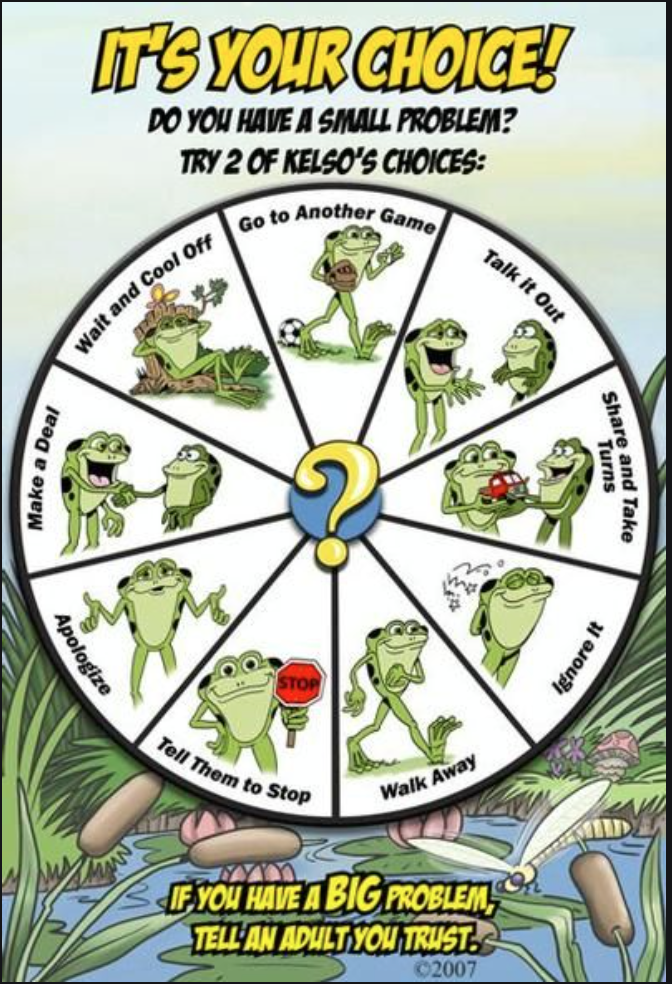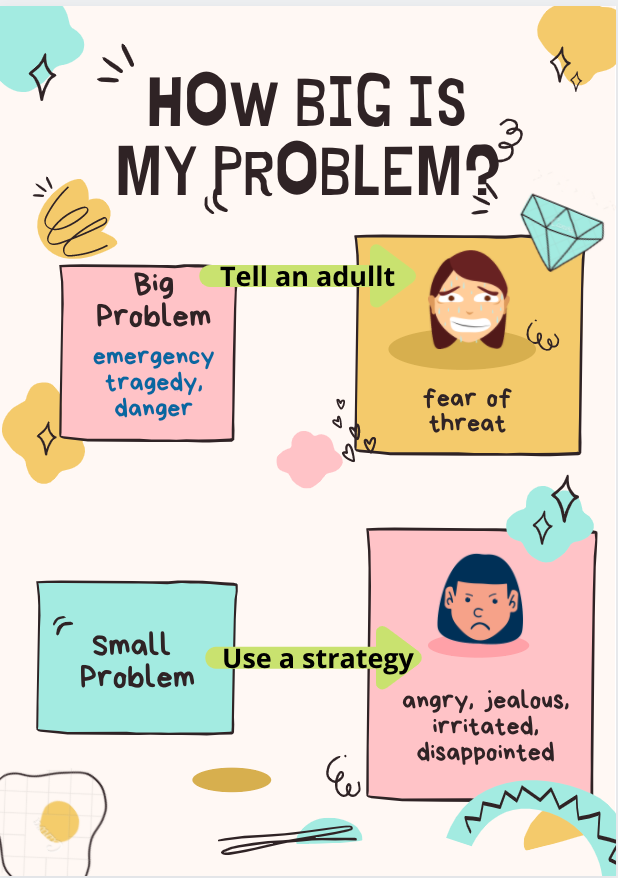By Mamta Motwani

Can every child be a good writer?
Can writing be taught? Is it a talent that is gifted to the child or a skill that is acquired?
Every child can strive to be a writer and thrive as a writer. This is simply because every child has things to say.
To Write is to use your Voice. To Write is to Share yourself and your life.
Effective writing teachers at first see the child as a writer and then teach strategies that motivate the child to read, share, think, write, and talk about his writing of his own volition.
Each child has his unique opinion, thoughts, or ideas that move them, and these ideas need to be turned into writing to share with others. Isn’t that the purpose of writing? Isn’t this what gives pleasure to writing or ‘writing for pleasure’ as we call it? It is the satisfaction of producing a final written product that is purposeful and meaningful to the writer.
Strategies to lead striving writers towards confidence and success.
1. Safe and Non-judgmental Environment
Developing an environment where children are free from the fear of judgment and negative comments is the first step towards positive learning. Creativity and imagination are unique to every child. Every idea whether created or inspired by should be accepted. A Writing Workshop must be a place that will have no right or wrong answers. To open up his treasure of imagination, a child must feel confident, safe, and accepted. The weirdest ideas as well as ideas inspired by other writers should be appreciated. The Writers Workshop should appear as a community of writers thinking, brainstorming, and talking about their writing
2. Self-efficacy and Agency
Psychologist Albert Bandura (1977) defined self-efficacy as a person’s belief in their ability to succeed in specific situations or accomplish a task.
Children can share their voices as writers only if the topic is meaningful to them. While the teacher decides the genre unit, the children should feel agentic to choose their topic. Whether it is choosing the small moment that is important to them while writing a personal narrative or an opinion that matters to them while writing a persuasive writing piece, the children should be given the agency to choose the relevant topic. Writing what matters or writing what you own builds self-efficacy in children. It makes them feel competent as writers.
3. Motivation and Engagement
Motivation and engagement are the key factors to ensure improvement in the writing outcomes. Children feel motivated to write once they feel engaged and involved in the process of writing. By providing a safe environment, providing them with the agency, and building their self-efficacy, teachers set them up for success. It leads to developing writing motivation that generates interest and enjoyment in writing. Positive motivation comes from acceptance, appreciation, support, scaffolding, clear writing goals, level-appropriate instructions, and steps for improvement.
4. Modeling
Modeling enables to make the teacher’s thinking and the writing process visible to the students. The students see the text as it is constructed. Modeling in writing can be done in two ways. The teacher can do it in a small group or as a whole class. The class brainstorms and constructs the text or completes a step in the writer’s process as a group and thereby gets clarity on the expectations and the instructions. Modeling must be followed by exemplars of other students’ and teacher’s work.
5. Writing Conferences
Students need positive and meaningful feedback to improvise their writing pieces. Conferring with the student individually allows giving individually targeted instruction and feedback. Some students find it more comfortable asking questions in a writing conference with the teacher rather than in front of the whole class. This time improves the relationship between the teacher and the students. Verbal feedback is less threatening and more clear. The Writing Conference must begin with what the child has done well, and then move on to the teaching point and end with the next step to be taken. Writing conferences can be a good time to think and discuss the students writing and use their metacognition skills to reflect.
6. Connecting Reading and Writing
We know that being a good reader has a facilitative effect on being a good writer and vice-versa. Does being a voracious reader always translate into being a good writer? No, writing needs to be taught, instructed, and practiced. Reading and writing are not discreet skills and they need to be taught together to bridge the gap between oral and written language. Using mentor texts helps to illustrate what writers do. Students start to notice the skills and strategies in the books they are reading independently which are taught during mini-lessons These mentor texts should also be referred to when teachers confer with students. Writing becomes more meaningful when it is connected to reading.
7. The Writer’s Process
The Writer’s Process consists of generating ideas, planning, drafting, revising, editing, publishing, or performing. Children should be explicitly taught each step of the process. They should be given strategies to generate ideas, graphic organizers to plan their writing, and time to draft freely. Peer feedback plays an important role during revising and editing. Peer conferencing at this stage supplements teacher conferences. Children realize that most writers struggle to get their thoughts perfectly on paper and writing the perfect piece is a process. Children have similar experiences and the powerful dynamics of their relationship make this strategy very productive and collaborative. Editing is the last step before the draft is final and ready for publishing. It is the first thing that the readers read. Due importance should be given to this step. It is surprising to see how efficiently children start noticing and correcting errors in their work. It helps them to aware of their writing.
“Let us leave this blog with a PAUSE and a THOUGHT, ‘ Every child can be a writer because every child has things to say.“




